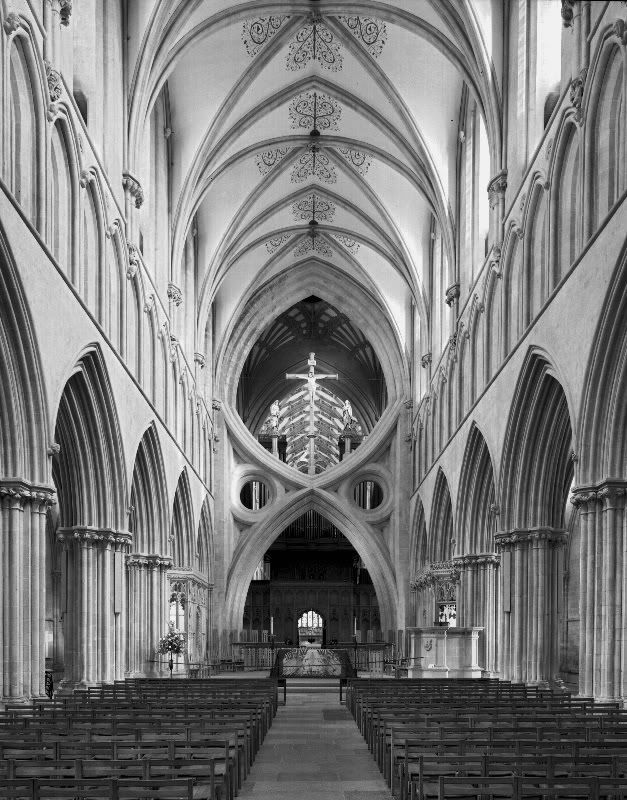you still need to get the g/g parallel to the subject as with any other camera.
My comment is a technical comment about : as with any other camera. And in brief I Would say : as with any other camera, but fitted with a non-retrofocus wide-angle lens.
It has been found by a French photographer (a friend of the French galerie-photo forum) that the good old rule of parallélisme (as we say at home) between the building and the film (or silicon) plane is not true for a camera fitted with a retrofocus lens like many photographers now use for architecture in 35mm format with a tilt+shit lens mounted in front of a SLR.
To be precise, imagine the following situation.
The SRL is mounted with its body (and back) perfectly vertical
In front of the camera, there is a tall building with perfectly vertical and rectangular walls. Yes I know, in the UK you have other kinds of buildings with non-vertical and non-rectangular walls...
http://www.davidmacd.com/images/uk_duba ... bullet.jpg
....but let us keep the problem as academic and simple as possible
You tilt the lens upward, keeping the camera body and film or sensor perfectly parallel to the building. In this situation the image cannot be sharp since the Scheimpflug rule is not fulfilled, but don't small format camera + wide-angle lenses yield a huge depth of field ?
If the lens is a retrofocus, like all SLR wide-angle lenses, in this situation you get a trapezoidal distorsion that you would not get with a view camera lens.
In optical engineering what differs between retrofocus lenses for SLRs and view camera lenses is that retrofocus have a pupillar magnification ratio significantly different from unity. Can be 2 or 3.
This has been simulated with a lens design software by another member of the galerie-photo gang (a professional lens designer) and is due to the fact that retroocus lenses do not have their pupils located in the principal planes, or, which is equivalent, that their pupillar magnification ratio is not unity like in quasi-symmetrical lens designs.
So in fact the good old rule :
For conserving horizontals, if you want things without converging / diverging lines then you still need to get the g/g parallel to the subject as with any other camera.
at a time when architecture photographers use retrofocus tils & shift lenses, should be refined with the additional condition:
provided that you use a lens for which the pupillar magnification ratio is close to one, like good old non-telephoto view camera lenses.
Now, if the lens is a good quasi symmetric view camera lens, agreed with Apple, whether the tilts are base-tilts, axis tilts of asymmetric 1/3 2/3, this does not make any difference as far as converging verticals are concerned. Keep the GG aligned according to the classical rule.

